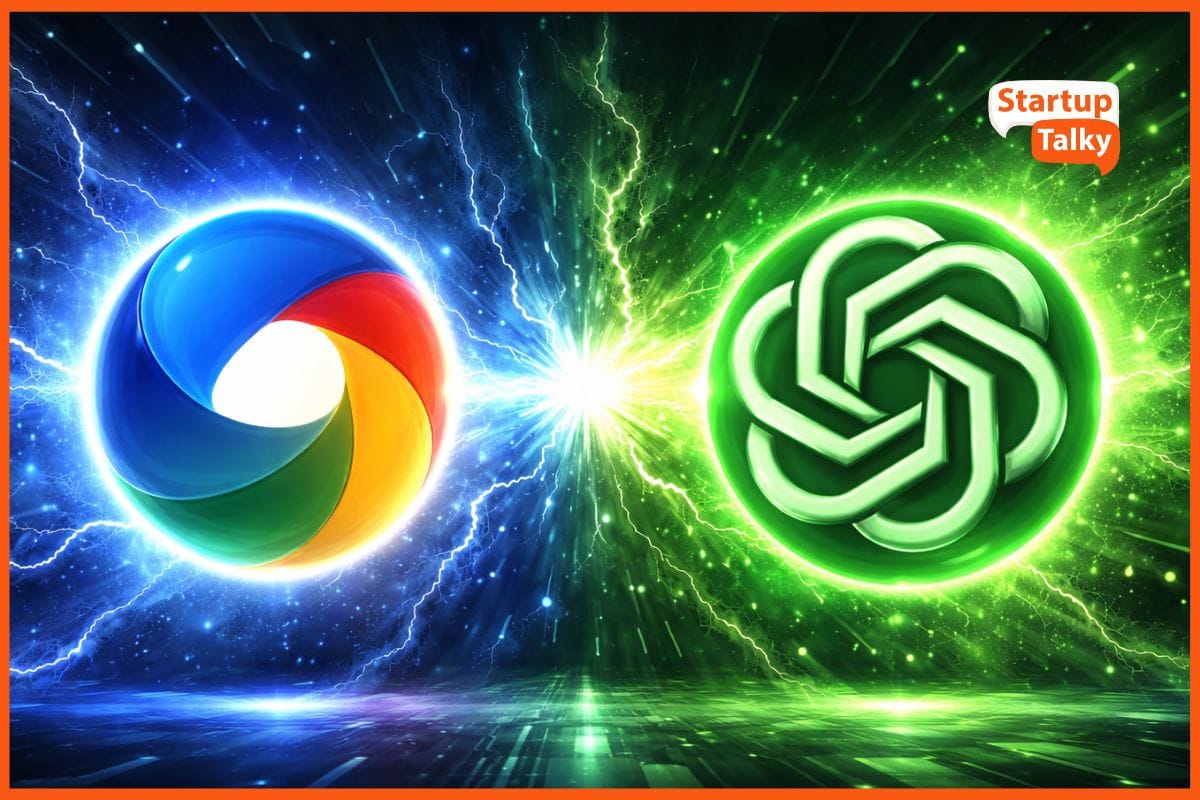How Can Ecommerce Personalization Help You Increase Conversion?
📖 Learning
The COVID-19 pandemic has had impactful destruction worldwide. However, it has helped e-commerce market sales soar to great heights. As per recent reports, the Global E-commerce market is expected to cross the $5.5 trillion mark by the end of 2022. The growth rate of the market is expected to rise to 24.5 per cent by 2024.
Standing in the e-commerce industry isn’t everybody’s cup of tea. Big companies, such as Amazon, Flipkart, and Sephora have captured 60-70 per cent of the market. When it comes to customer acquisition, this sector has cut-throat competition. Hence, it’s essential for every e-commerce website/app to have a personalized marketing strategy - for a better user experience. In this post, we have talked about eCommerce personalisation and how to employ it to increase conversion rates.
What Is Ecommerce Personalization?
How Ecommerce Personalization Can Help You Increase Conversion?
Ecommerce Personalization Ideas
Examples of Ecommerce Personalization
What Is Ecommerce Personalization?
Ecommerce Personalisation is a technique that furnishes brands/businesses with a unique personalized marketing ideology. The marketing strategies are entirely based on how users interact with the brand - to allow an ultimate shopping experience.
eCommerce personalisation is in real demand at the moment. And that’s because of the perfect utilisation of data sources. Depending on the order history, user search, customer location, browsing data and user-generated data, the brand uses unique personalisation to build a top-notch customer experience.
The primary motive behind these personalisations is to show customers what they want to see and when they want it. So, customers get the relevant recommendation based on their preferences. All these undertakings are monitored using AI-based personalised software.
How Ecommerce Personalization Can Help You Increase Conversion?
Unlike a physical store, increasing the conversion rate in an online store is a difficult task unless you know what customers need. In a physical store, you have a chance to influence the mind of your customer by communicating. However, in online mode, it's not happening. Thus, eCommerce Personalisation offers the audience every possible thing they would wish for.
With the user-generated tool, the brand understands the interest of the audience and estimates their responses. After all, every shopping brand seeks more information to provide a better shopping experience the next time.
Customers like to visit places where they get a user-friendly environment and where they are taken care of. So, the only way to make all of these things possible is personalisation.
A survey report provides the data, facts and stats that confirm - personalisation helps increase conversion rate. Almost 73% of the people prefer a personalized shopping experience. And, almost 90% of them accept that personalisation influences their right purchasing judgment.
Ecommerce Personalization Ideas
Here are some of the ideas on which Personalisation works:
Recommend the latest viewed products
It happens quite frequently that users might be interested in a specific product, but they forget to add it to the cart. Thus, this recommendation strategy will help customers start their shopping at the place where it ended.

Personalized product recommendation
Along with the previously searched product, you may recommend related products to the consumers. Personalizing product recommendation is one of the widely used eCommerce personalized ideologies. As per the report by Barilliance, personalized product recommendation generates up to 31% of the total revenue of an e-commerce site.

Create a personalized best-selling product list
You may create some sort of best-selling products list based on the user's interest. It will act as a quick recall of the product they wished to buy earlier. This increases the chance of a conversion.
Allow UGC to work accordingly to help visitors
UGC works on the FOMO (fear of missing out) principle. It displays unique products that are used in daily life. Hence, creating a fear of missing out on the environment. It influences the customer’s mind that they might buy this product so that they don't miss something.
Personalize the home page with recent searches
As mentioned earlier, Amazon uses this homepage personalisation technique to boost customer acquisition. It bestows an easy-to-use interface where consumers can find products of their kind on the home page.
Carry out an automated personalized email campaigns
Email campaigns are one of the primary steps to building a powerful user channel. It keeps you ahead of your competitors. Automated personalized email campaigns keep on reminding the customer about your assistance. Thus, increasing the chance of a conversion.

Offer category-specific promo codes
Promo codes have always been a customer favourite part. It attracts them to certain product categories. Once you issue these category-specific promo codes, you may either send in an email or a pop-up message to keep your user up-to-date.

Seek a customer's feedback request
One of the most effective ways to know your customer requirements is to request customer feedback. It helps the brand improve personalisation techniques for that particular user.

Show pop-ups considering the previously viewed products
Pop-up ads should always be the first preference while personalising a website. For instance, if the user is a first-time visitor, the pop-up will encourage them to subscribe and avail discount on the first purchase.
Example of Ecommerce Personalization
Still, confused with the principles and working of E-commerce Personalisation? Below listed are a few examples to assist you further for a better understanding.
Amazon
Amazon is the father of all eCommerce personalisation companies. Once you click on the app or website of Amazon, you'll be redirected to the home page. There, you’ll find numerous personalized product recommendations.
Amazon automates all the data of your phone and recommends the products you recently enquired about. It uses search data, recent purchases, locations, and other data to provide particular recommendations.


Conclusion
If you wish to conquer the eCommerce sector, you should consider Personalization. Ecommerce personalization keeps your user engaged, provides a user-friendly experience, and increases conversion.
Personalization in eCommerce is vital as it ensures customer acquisition. Besides, it not only helps you stand out from your competition but helps build grounded/human-like connections with the buyers. It also furnishes customers full control, improving the user experience. This, in turn, boosts conversion rates!
FAQs
What is eCommerce personalization?
Ecommerce personalization is when a company displays the product to the consumers based on demographics, intent, preferences, browsing history, previous purchases, and device usage.
What is an example of personalized marketing in eCommerce?
When an eCommerce store recommends your products based on your interest, location, and browsing data.
Must have tools for startups - Recommended by StartupTalky
- Convert Visitors into Leads- SeizeLead
- Website Builder SquareSpace
- Manage your business Smoothly Google Business Suite






